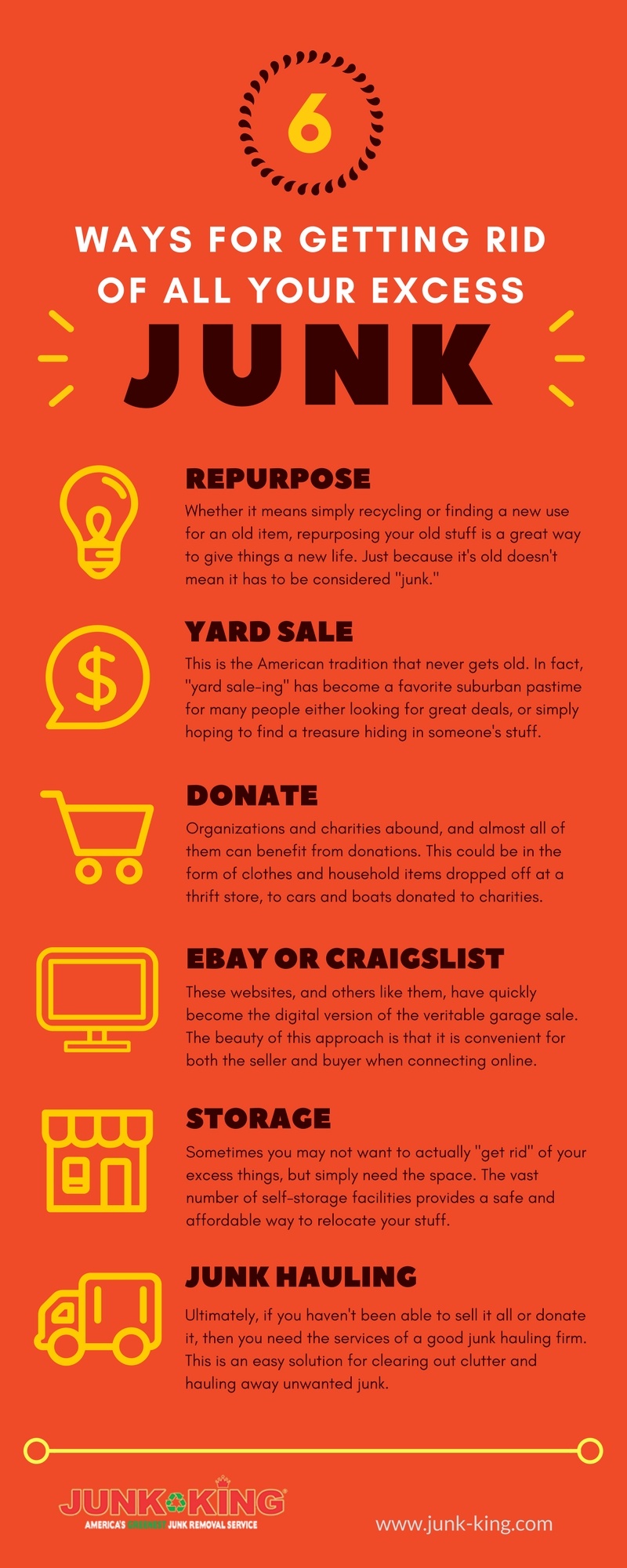Selecting The Perfect Dumpster Dimension For Your Task: A Thorough Overview
Selecting The Perfect Dumpster Dimension For Your Task: A Thorough Overview
Blog Article
Short Article Produced By-Finnegan Hunter
When starting a task that needs a dumpster, the size you pick can significantly affect its performance and cost-effectiveness. Envision having the best container that accommodates all your waste without being exceedingly big or as well small. It all begins with understanding the nuances of your task and choosing a dumpster size that aligns with your particular demands. So, before you decide, consider the elements at play to make sure a smooth waste monitoring process from start to finish.
Elements to Take into consideration
When selecting the appropriate dumpster dimension, there are a number of key variables to consider.
Initially, consider the kind of waste you'll be dealing with. Different products might call for varying quantities of area, so understanding what you'll be placing in the dumpster is crucial.
Next off, analyze the amount of waste you expect to generate. If you take too lightly the volume, you may require to make numerous journeys to get rid of every little thing, which can be inconvenient and expensive. On the other hand, renting out a dumpster that's as well large can cause unnecessary costs.
In 20 yard dumpster rental , think about the area where the dumpster will certainly be placed. Make sure there's enough room for the dumpster to be supplied and grabbed without any obstructions.
Finally, think about any kind of weight limitations that might apply. Surpassing the weight limitation can cause additional charges and even the refusal of service.
Dumpster Dimension Options
For picking the appropriate dumpster dimension, it's vital to have a good understanding of the readily available options. Dumpster sizes generally range from 10 to 40 cubic yards, with variations in between.
A 10-yard dumpster is suitable for little jobs like a garage cleanout or a tiny renovation. If you're dealing with a medium-sized project such as a kitchen area remodel or a basement cleanout, a 20-yard dumpster could be the right option.
For bigger projects like a whole-house renovation or business construction, a 30 or 40-yard dumpster could be better to accommodate the quantity of waste produced.
When deciding on a dumpster size, consider the amount and type of debris you expect to get rid of. It's better to select a somewhat larger dimension if you're unsure to stop overfilling. official website in mind, it's even more cost-effective to lease a dumpster that fits your demands rather than needing to buy an extra one.
Matching Dimension to Job
Optimally matching the dumpster size to your project is essential for reliable waste monitoring. To identify the ideal dimension, take into consideration the extent and nature of your task.
For tiny house cleanouts or remodellings, a 10-yard dumpster might be adequate. These are typically 12 feet long and can hold about 4 pickup loads of waste.
For bigger tasks like remodeling multiple areas or removing a big estate, a 20-yard dumpster may be better. These are around 22 feet long and can hold approximately 8 pickup loads.
If you're dealing with a major building job or commercial remodelling, a 30-yard dumpster could be the most effective fit. These dumpsters are about 22 feet long and can suit regarding 12 pickup truck lots of particles.
Matching the dumpster dimension to your task ensures you have sufficient area for all waste products without overpaying for extra capacity.
Verdict
Finally, selecting the appropriate dumpster size for your job is crucial for effective garbage disposal. By taking into consideration factors like the kind and quantity of waste, space schedule, weight constraints, and budget constraints, you can ensure you have the proper dimension dumpster for your needs. See to it to match the size of the dumpster to the scope and nature of your job to stay clear of overspending on unneeded costs.
